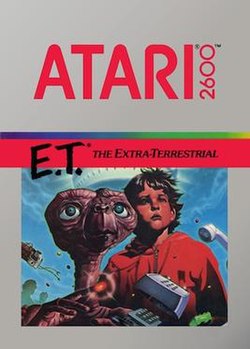 | |
| Mmmm, failure. |
This time was also a jumping off point for many characters that became mascots for their companies. In 1981, Nintendo released Donkey Kong, which featured the main character Jumpman, a carpenter who must rescue his kidnapped girlfriend. Jumpman made reappearance in the sequel a year later, but this time his name was changed to Mario, and in 1983, he featured in his own arcade game, Mario Bros. Over the years, Mario became the face of Nintendo and was immensely popular as their flagship character. As a response to Mario, Sega created Sonic the hedgehog, their own mascot to rival Nintendo’s in 1991, although Sonic has never reached level of recognition or popularity as Mario, who has become a pop culture icon.
Towards the late 80s, Nintendo released the Game Boy, which caused handheld game consoles to become more popular. As rechargeable battery technology hadn’t matured yet, it was important that a handheld console used as little energy as possible, which is why the Game Boy was so popular. Consoles with backlit colour screens, like the Sega Gamegear burned through batteries incredibly quickly, and required 6 AA batteries to work (which my parents were never too pleased about), whereas the Gameboy with its monochrome graphics only required 2.
As technology continued to improve, 3D graphics became the norm, moving on from games like 3d Monster Maze to Wolfenstein 3D and Doom. Towards the end of the 90s, 3D was not just being used in first person shooters and racing games, but was beginning to branch out into different genres, such as Super Mario 64, and Sonic Adventure. Up until this point, the most popular consoles had been the SNES and the Megadrive, but during the 90s, a new generation of games consoles were released, such as the Nintendo 64 and the Playstation, to handle the 3D graphics in games, starting off a console war between Nintendo and Sony, which goes on today.
No comments:
Post a Comment